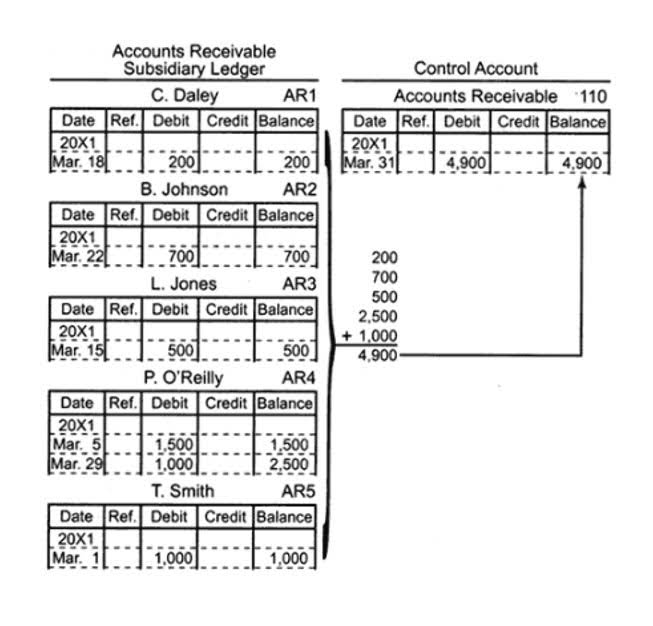Content

This number tells you the amount of money the company spent to produce the goods or services it sold during the accounting period. Given the limited usage of trial balance in present-day accounting, most companies have parted ways with it. However, it has not entirely become redundant, and several companies with hundreds of ledger accounts tend to use it as a safety buffer.
Companies initially record their business transactions in bookkeeping accounts within the general ledger. Depending on the kinds of business transactions that have occurred, accounts in the ledgers could have been debited or credited during a given accounting period before they are used in a trial balance worksheet. Furthermore, some accounts may have been used to record multiple business transactions. As a result, the ending balance of each ledger account as shown in the trial balance worksheet is the sum of all debits and credits that have been entered to that account based on all related business transactions. A trial balance is a bookkeeping worksheet in which the balances of all ledgers are compiled into debit and credit account column totals that are equal. A company prepares a trial balance periodically, usually at the end of every reporting period.
Trial Balance
A balance sheet records not only the closing balances of accounts within a company but also the assets, liabilities, and equity of the company. It is usually released to the public, rather than just being used internally, and requires the signature of an auditor to be regarded as trustworthy. According to the rules of double-entry accounting, a company’s total debit balance must equal its total credit balance. Since you’re making two entries, be sure to double-check the debits and credits don’t apply to the wrong account.
Why can the trial balance not be used in preparing financial statements?
The trial balance, as stated earlier, is not a financial statement. It simply summarises all the transactions on the company's ledgers. A trial balance also does not form part of the final accounts, while a balance sheet is an essential part of those.
The main objective of preparing a trial balance is to ensure that all the journal entries and ledger balances recorded are mathematically accurate. A trial balance provides all the ending balances in a single document; all the debit balances are recorded in one column whereas all the credit balances in another. Although this brochure discusses each financial statement separately, keep in mind that they are all related.
The Adjusted Trial Balance
The trial balance can then be prepared by listing each closing balance from the general ledger accounts as either a debit or a credit balance. Remember that the balance sheet represents the accounting equation, where assets equal liabilities plus stockholders’ equity. This trial balance has the final balances in all the accounts, and it is used to prepare the financial statements. The post-closing trial balance shows the balances after the closing entries have been completed.

However, trial balances are still useful for accountants who need to check their work and for auditors who may need to understand which accounts to audit. In the Printing Plus case, the credit side is the higher figure at $10,240. This means revenues exceed expenses, thus giving the company a net income. If the debit column were larger, this would mean the expenses were larger than revenues, leading to a net loss. You want to calculate the net income and enter it onto the worksheet.
The Trial Balance
These internal financial reports can help verify the accuracy of a double-entry accounting system and identify errors before any critical external financial statements are issued. The 10-column worksheet is an all-in-one spreadsheet showing the transition of account information from the trial balance through the financial statements. Accountants How Much Does Bookkeeping Cost For A Small To Medium Sized Business? use the 10-column worksheet to help calculate end-of-period adjustments. Using a 10-column worksheet is an optional step companies may use in their accounting process. In order to prepare a trial balance at any time, it is necessary to determine the balance on each account. This process is known as ‘balancing off’ the general ledger accounts.

Once you have a completed, adjusted trial balance in front of you, creating the three major financial statements—the balance sheet, the cash flow statement and the income statement—is fairly straightforward. https://adprun.net/bookkeeping-for-truck-drivers/ As a learner/instructor, you need to consider those accounts whose DR and CR totals are equal. In such a scenario, the account is closed down and it is excluded in the trial balance.
Unable to trace on missing transactions
Once the trial balance information is on the worksheet, the next step is to fill in the adjusting information from the posted adjusted journal entries. The brought down balances at the end of the accounting period will be the opening balances of the next accounting period. Both US-based companies and those headquartered in other countries produce the same primary financial statements—Income Statement, Balance Sheet, and Statement of Cash Flows.
Companies spread the cost of these assets over the periods they are used. This process of spreading these costs is called depreciation or amortization. The “charge” for using these assets during the period is a fraction of the original cost of the assets. Shareholders’ equity is the amount owners invested in the company’s stock plus or minus the company’s earnings or losses since inception. One of the significant limitations of a trial balance is its incapability of reporting certain error types.
